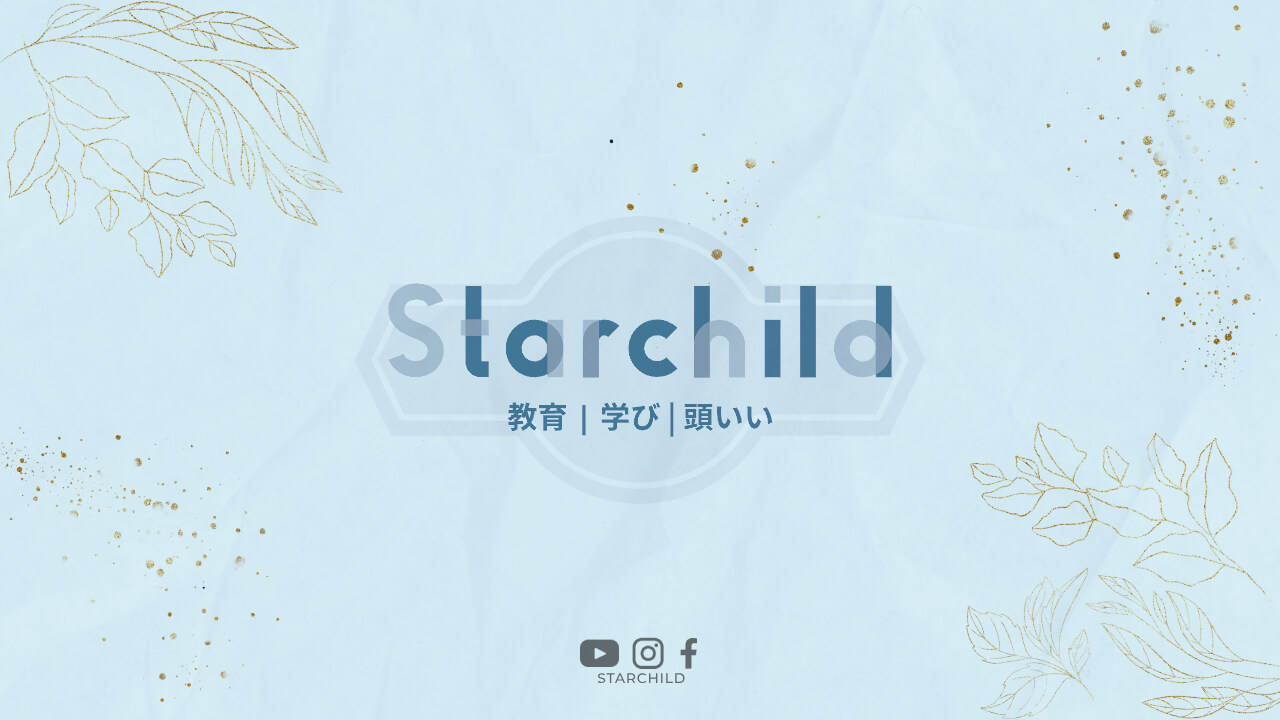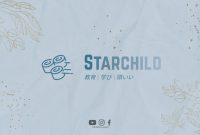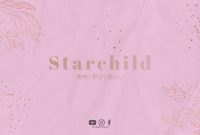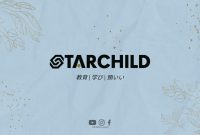カリキュラム類型 or “Curriculum Types” refer to the different approaches and methods used in creating educational programs. Understanding these types is essential for educators, students, and parents to make informed decisions about the type of education they want. In this article, we will explore the different types of curriculums and their characteristics.
Traditional Curriculum
The traditional curriculum is the most common type of curriculum used in schools. It focuses on the core subjects such as math, science, language, and social studies. The approach is teacher-centered, where the teacher is the primary source of knowledge, and students are passive learners. The traditional curriculum is usually based on textbooks and standardized tests.
One of the advantages of the traditional curriculum is that it provides a structured and organized approach to learning. It also prepares students for standardized tests, which are used to measure academic performance. However, it has been criticized for being too rigid and not allowing for creativity and flexibility in learning.
Progressive Curriculum
The progressive curriculum is a student-centered approach to learning. It emphasizes the individual needs and interests of the students, and the teacher acts as a facilitator rather than a source of knowledge. The progressive curriculum is based on experiential learning, where students learn through hands-on activities, projects, and group work.
The progressive curriculum has been praised for its ability to promote critical thinking, problem-solving, and creativity. It also allows students to take ownership of their learning and develop a love for learning. However, it has been criticized for being too unstructured and not providing enough focus on core subjects.
Integrated Curriculum
The integrated curriculum is a combination of different subjects and disciplines. It aims to make connections between different areas of knowledge and provide a more holistic approach to learning. The integrated curriculum is based on themes and topics that cut across different subjects, such as sustainability, globalization, and human rights.
The integrated curriculum has been praised for its ability to promote interdisciplinary thinking and problem-solving. It also provides a more relevant and engaging approach to learning, as students can see the connections between what they are learning and the real world. However, it has been criticized for being too broad and not providing enough depth of knowledge in specific subjects.
Multicultural Curriculum
The multicultural curriculum aims to promote diversity and inclusivity in education. It recognizes the different cultures, languages, and identities of students and aims to incorporate them into the learning process. The multicultural curriculum is based on the idea that all students should be able to see themselves reflected in the curriculum and that their experiences and perspectives are valued.
The multicultural curriculum has been praised for its ability to promote empathy and understanding of different cultures. It also provides a more inclusive approach to learning, where all students feel valued and respected. However, it has been criticized for being too focused on identity politics and not providing enough focus on academic subjects.
Conclusion
In conclusion, understanding the different types of curriculums is essential for educators, students, and parents. Each type has its advantages and disadvantages, and it is up to the individual to decide which approach is best for them. The key is to find a balance between structure and flexibility, core subjects and interdisciplinary learning, and inclusivity and academic rigor.




